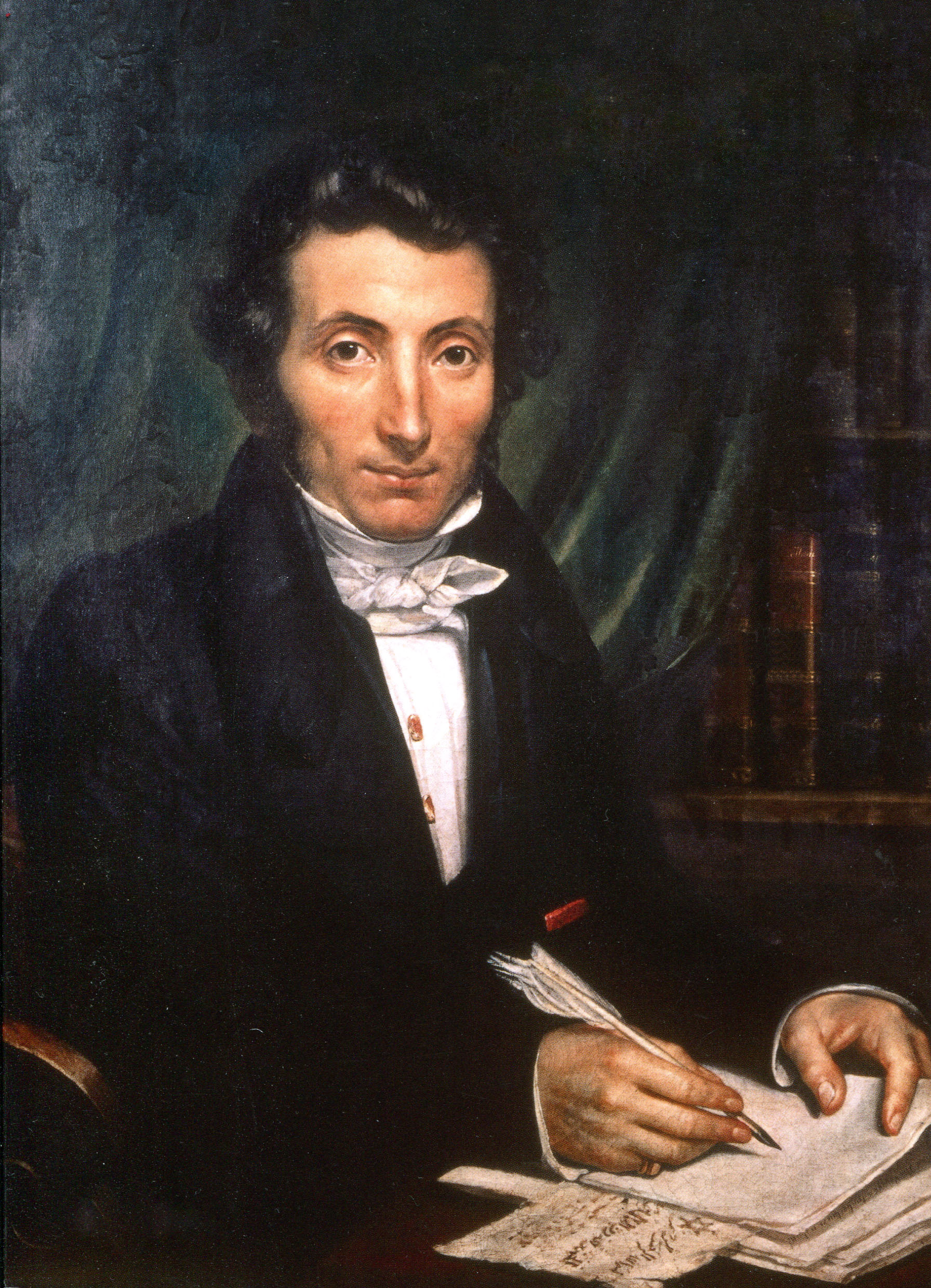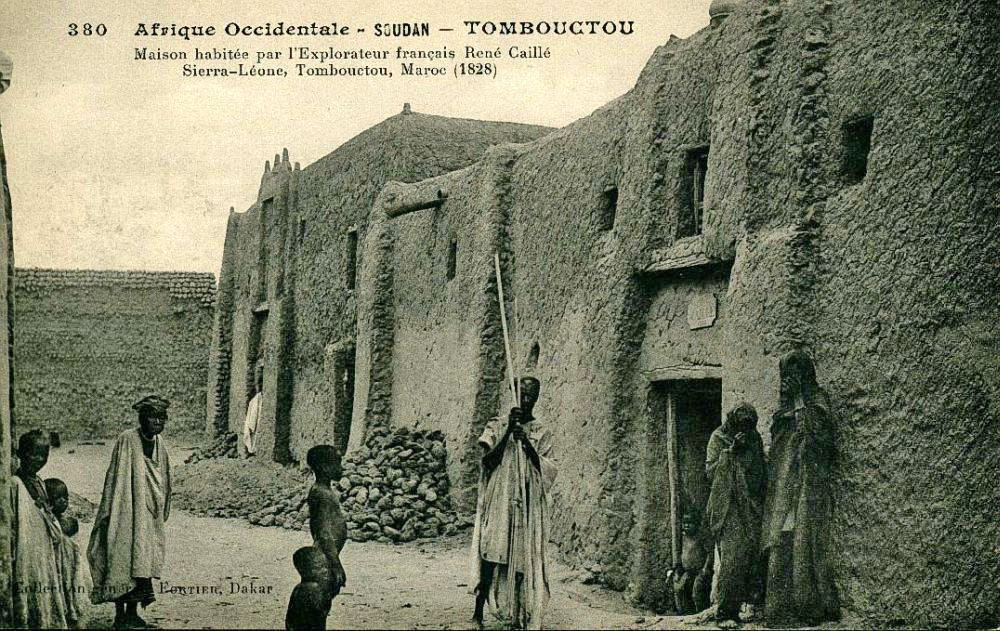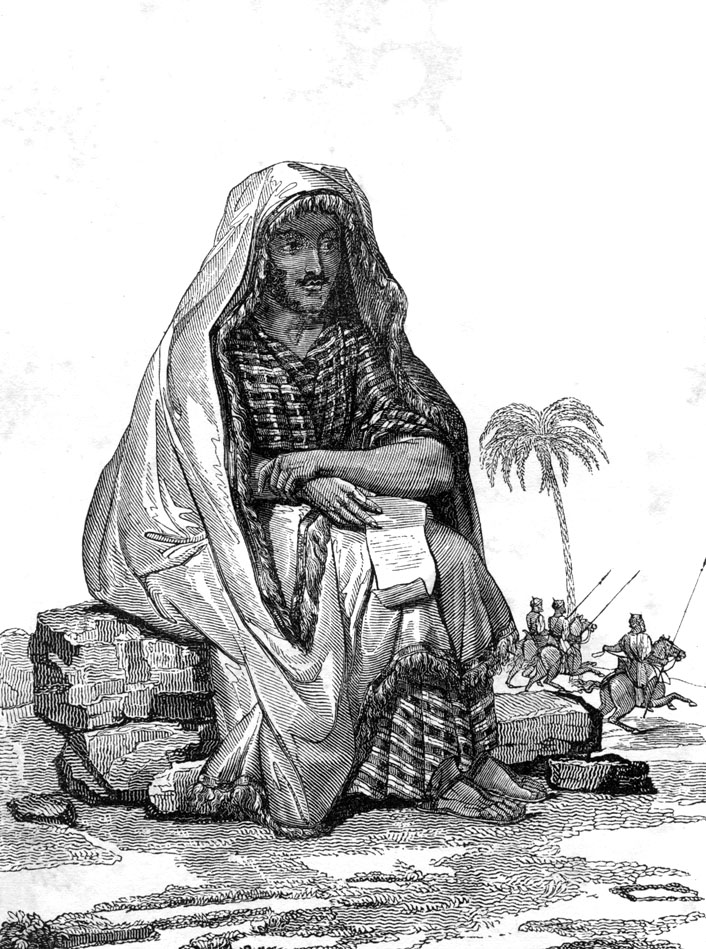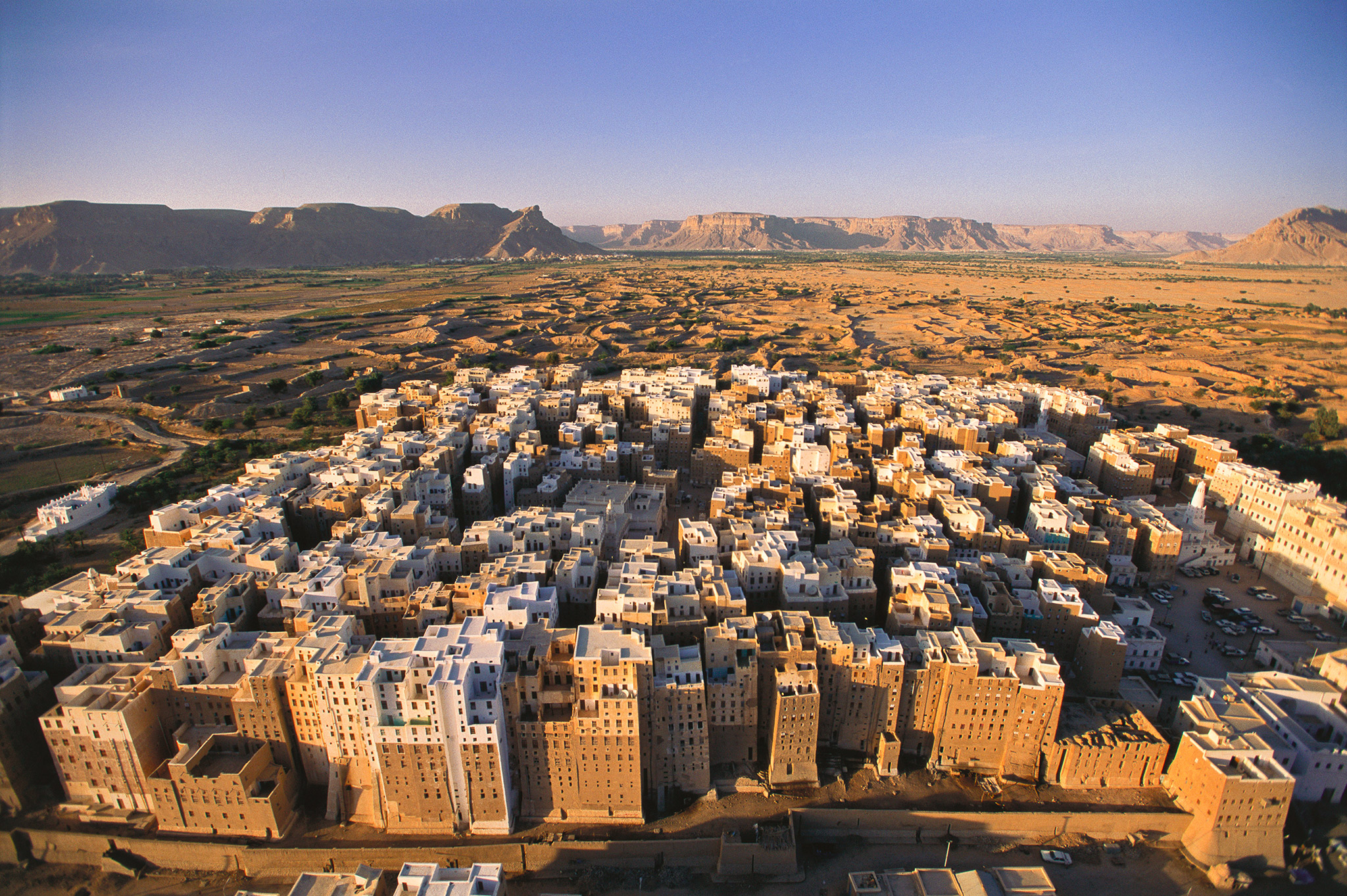
Auguste René Caillié was a French explorer and the first European to return alive from the town of Timbuktu. Caillié had been preceded at Timbuktu by a British officer, Major Gordon Laing, who was murdered in September 1826 on leaving the city.
Caillié was born 19 November 1799 in western France in a village near the port of Rochefort. His parents were poor and died while he was still young. At the age of 16 he left home and signed up as a member of the crew on a French naval vessel sailing to Saint-Louis on the coast of modern Senegal in western Africa. He stayed there for several months and then crossed the Atlantic to Guadeloupe on a merchantman. He made a second visit to West Africa two years later when he accompanied a British expedition across the Ferlo Desert to Bakel on the Senegal River.
On his return to Saint-Louis , France, he was awarded the prize of 9,000 francs by the Société de Géographie. With the help of the scholar Edme-François Jomard, he published an account of his journey. In 1830, he was awarded the Gold Medal by the Société de Géographie which stir up a strong desire to become an explorer and visit Timbuktu.
In order to avoid some of the difficulties experienced by the earlier expeditions, he planned to travel alone disguised as a Muslim. He persuaded the French governor in Saint-Louis to help finance a stay of 8 months with the nomadic people in the Brakna Region of southern Mauritania where he learned Arabic and the customs of Islam. He failed to obtain further funding from either the French or the British governments, but encouraged by the prize of 9,000 francs offered by the Société de Géographie in Paris for the first person to return with a description of Timbuktu, he decided to fund the journey himself. He worked for a few months in the British colony of Sierra Leone to save some money, then travelled by ship to Boké on the Rio Nuñez in modern Guinea. From there in April 1827 he set off across West Africa. He arrived in Timbuktu a year later and stayed there for two weeks before heading across the Sahara Desert to Tangier in Morocco.
In 1550 Leo Africanus described the inhabitants of Timbuktu as being very rich with a king that possessed large quantities of gold. The perception of Timbuktu as a very wealthy city had been fuelled by various accounts published in the 18th and early 19th centuries. Caillié recorded his first impression of the town: “I had formed a totally different idea of the grandeur and wealth of Timbuctoo. The city presented, at first view, nothing but a mass of ill looking houses, built of earth.”

Caillié is remarkable for his approach to exploration. In a period when large-scale expeditions supported by soldiers and employing black porters were the norm, Caillié spent years learning Arabic, studying the customs and Islamic religion before setting off with a companion and later on his own, traveling and living as the natives did, that is amazing. Having lived among natives, his opinion of Timbuktu was very different from that of Laing, who described it as a wondrous city. Caillié stated that it was a small, unimportant and poor town with no hint of the fabled reputation that had preceded it.

Timbuktu was a center of Islamic scholarship under several African empires, home to a 25,000-student university and other madrasahs that served as wellsprings for the spread of Islam throughout Africa from the 13th to 16th centuries. Sacred Muslim texts, in bound editions, were carried great distances to Timbuktu for the use of eminent scholars from Cairo, Baghdad, Persia, and elsewhere who were in residence at the city. The great teachings of Islam, from astronomy and mathematics to medicine and law, were collected and produced here in several hundred thousand manuscripts. Many of them remain, though in precarious condition, to form a priceless written record of African history.

Caillié married and settled near his birthplace. He died of tuberculosis at the age of 38 on 17 May 1838, at La Gripperie-Saint-Symphorien, in the department of Charente-Maritime where he owned the manor L’Abadaire.
In 2012, Timbuktu was once again placed on the List of World Heritage in Danger because of threats related to armed conflict.



